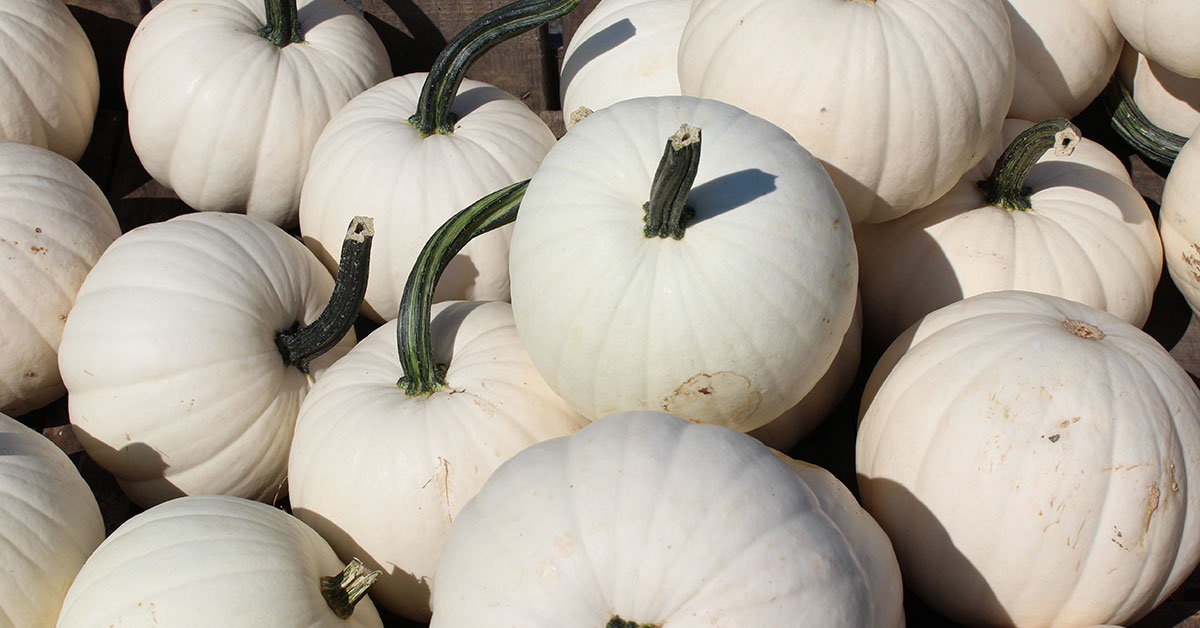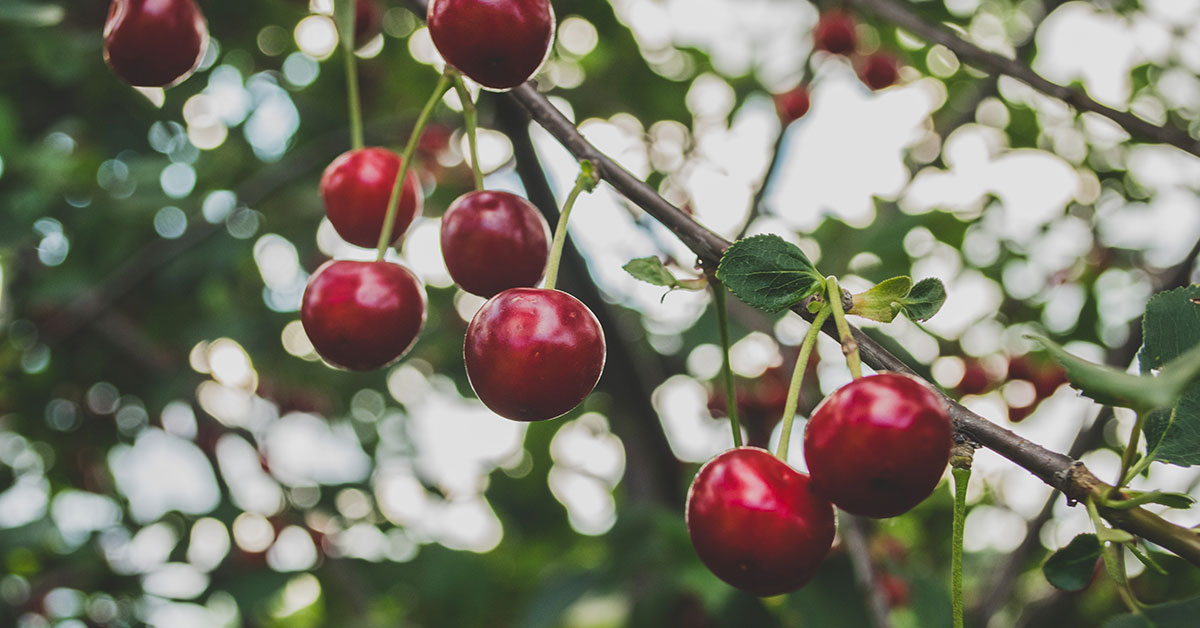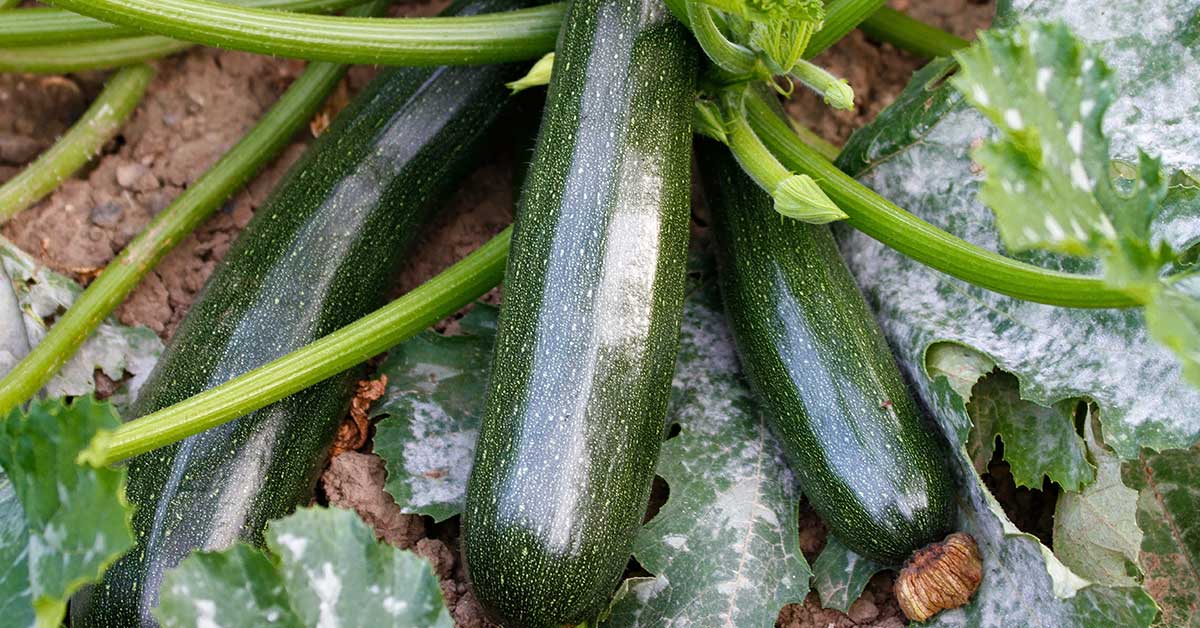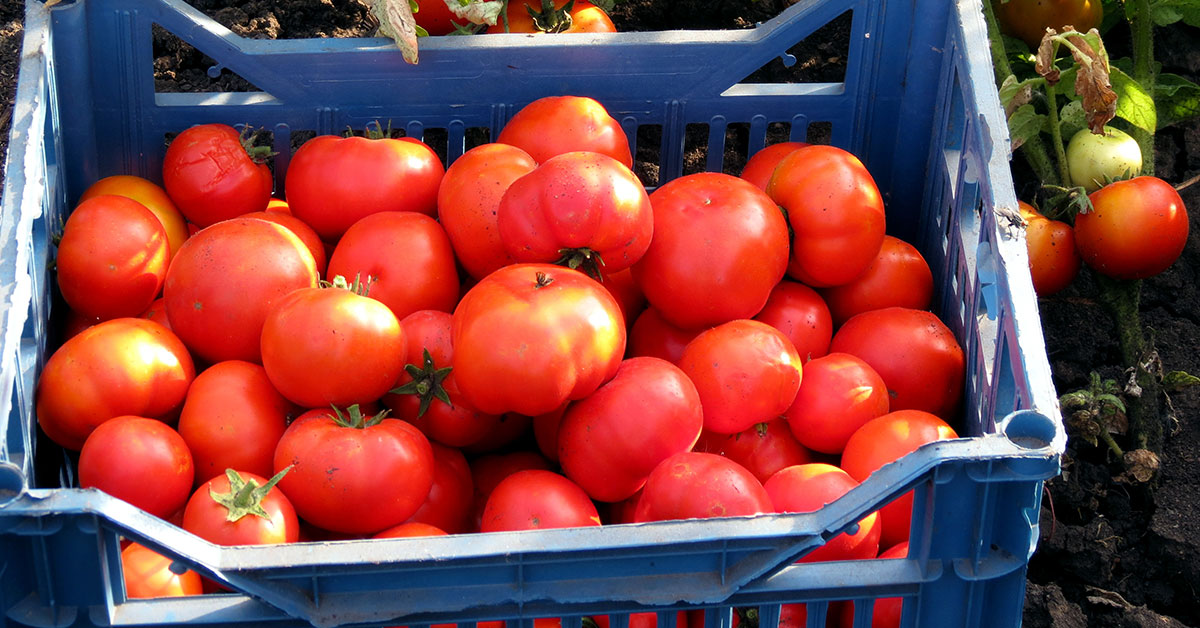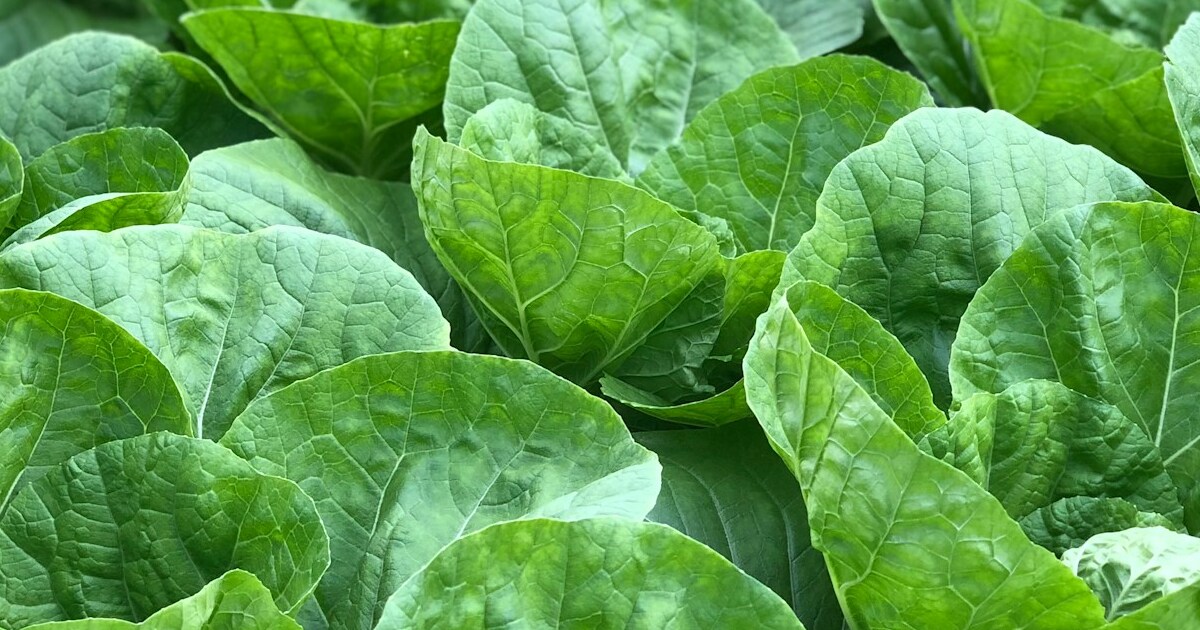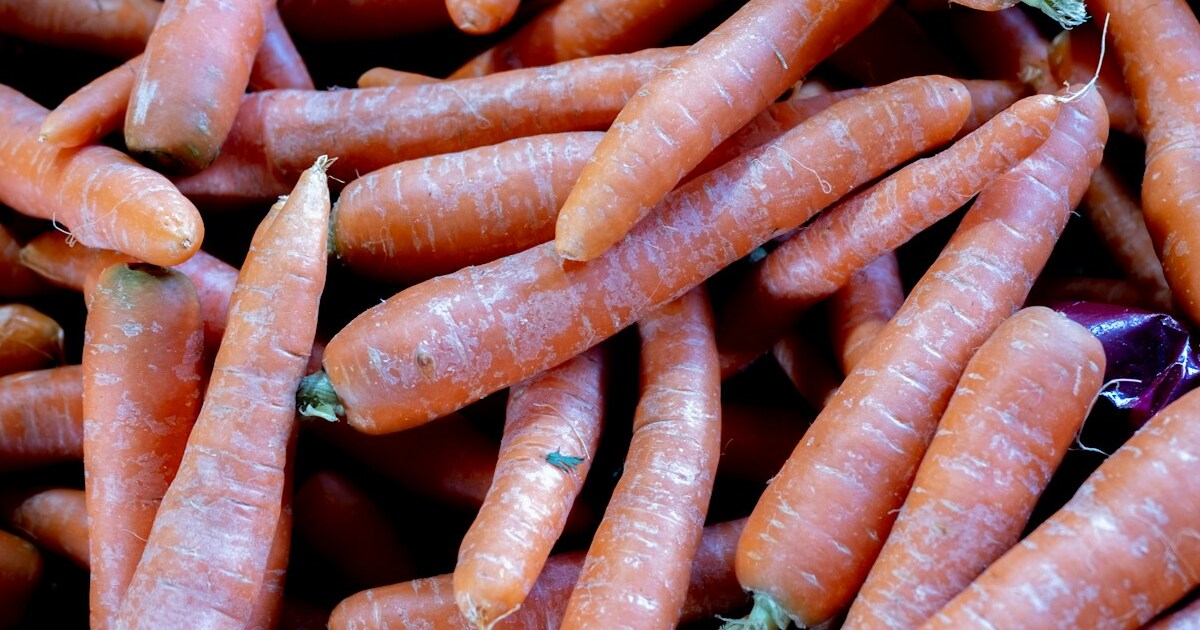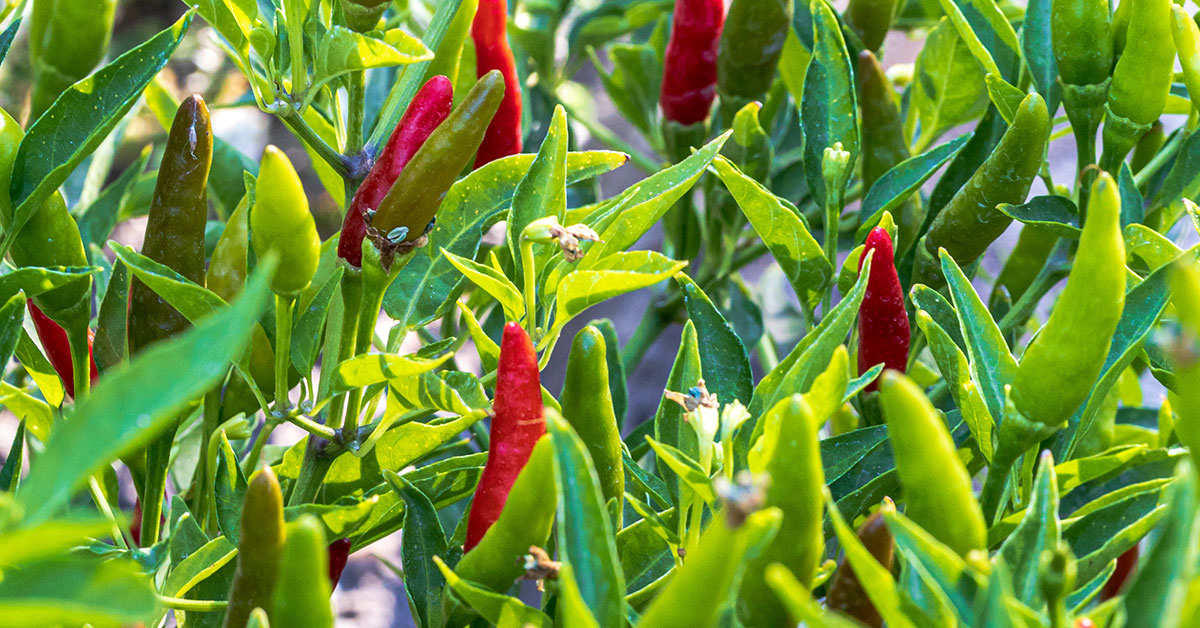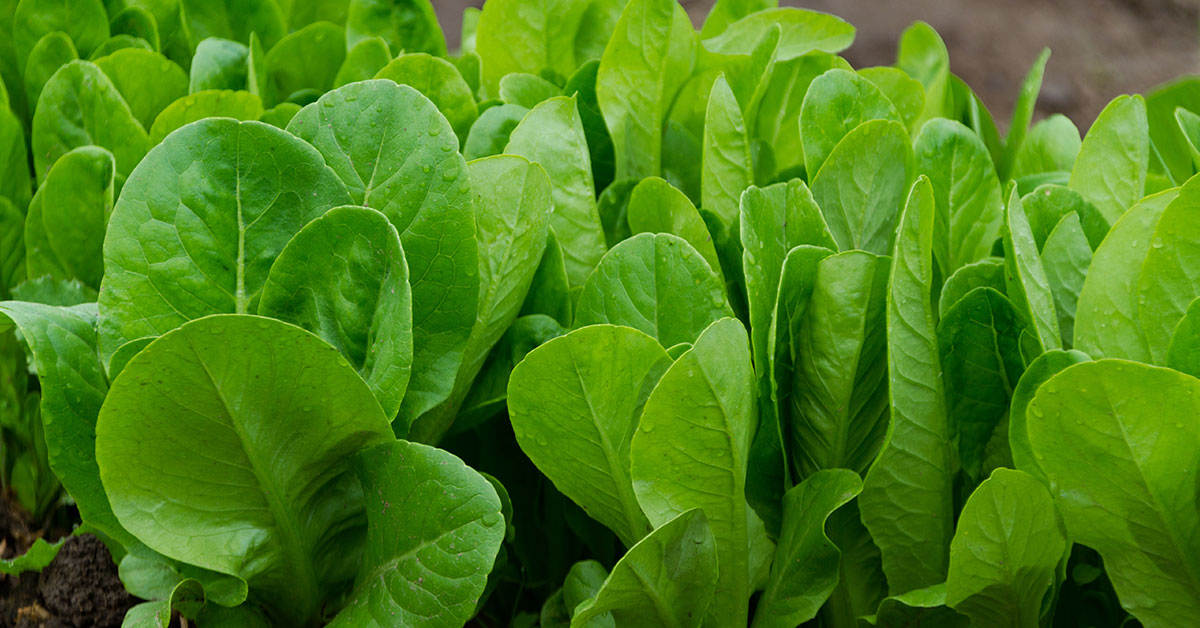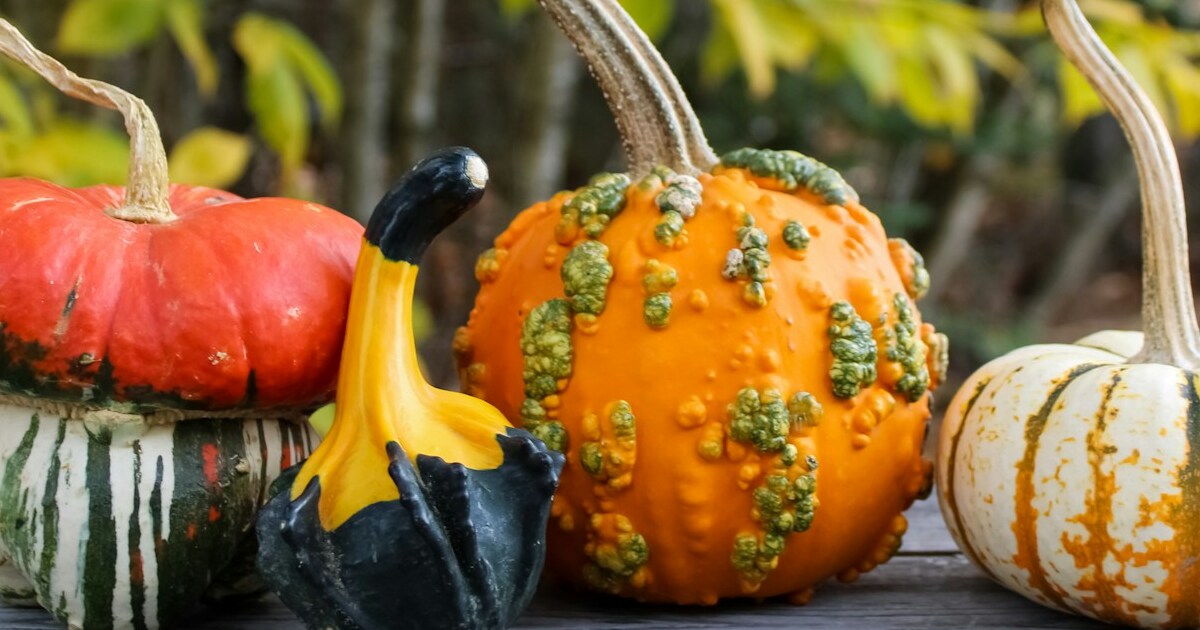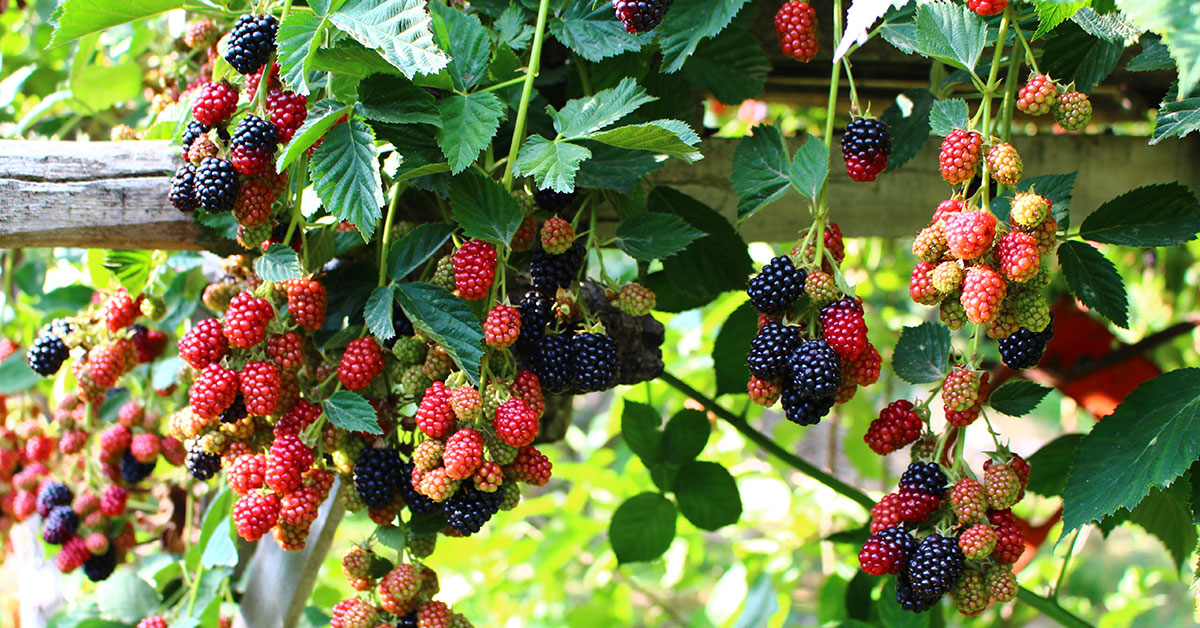While traditional orange pumpkins are always a classic choice, have you ever heard of the Lumina pumpkin? As the fall season rolls around, it’s time to embrace all the cozy traditions that come with it.
One of the most beloved activities during this time of year is pumpkin carving.
This unique type of pumpkin is quickly gaining popularity for its ghostly white exterior.
We’ll take a closer look at the Lumina pumpkin and learn more about its history, characteristics, and how to carve it.
What is a Lumina Pumpkin?
Lumina pumpkins are a unique type of pumpkin that is becoming increasingly popular in the world of fall decorating. These pumpkins are a variety of white pumpkins that have a smooth, creamy exterior and a round, plump shape. Unlike traditional orange pumpkins, Lumina pumpkins are a crisp white color, which makes them stand out in any fall display.
Lumina pumpkins are the perfect addition to any autumnal decor scheme, whether you’re creating a haunted house display or simply adding a festive touch to your front porch. They’re incredibly versatile and can be used in a variety of ways, from carving and painting to simply displaying them as they are.
In addition to their aesthetic appeal, Lumina pumpkins are also known for being incredibly durable and long-lasting. They have thick skin that helps to protect them from moisture and rot, which means they can be displayed for weeks without losing their shape or color.
These pumpkins are a beautiful and unique addition to any fall decor collection. Whether you’re an experienced pumpkin carver or simply looking for a new way to add some seasonal flair to your home, a Lumina pumpkin is sure to impress.
Common problems with growing Lumina pumpkin
Lumina pumpkin is a popular variety of pumpkin that is known for its unique white color and delicious taste. While growing Lumina pumpkin can be a rewarding experience, it is important to note that there are some common problems that can arise during the growing process. Here are some of the most common problems with growing Lumina pumpkin:
- Pests: One of the most common problems with growing Lumina pumpkins is pest infestation. Pests such as squash bugs, cucumber beetles, and vine borers can cause serious damage to the plants, leading to stunted growth, wilting, and even death. It is important to monitor your plants regularly and take action if you notice any signs of pest infestation.
- Diseases: Lumina pumpkin plants are also susceptible to a variety of diseases, such as powdery mildew, downy mildew, and bacterial wilt. These diseases can cause the leaves to yellow and wilt, which can lead to reduced yields. To prevent these diseases, it is important to provide proper air circulation and avoid overwatering your plants.
- Poor soil quality: These plants require a well-drained soil that is rich in nutrients. If your soil is poor quality, your plants may not grow properly and may be more susceptible to pests and diseases. To improve soil quality, consider adding compost or other organic matter to your soil.
- Lack of sunlight: Pumpkin plants require at least 6 hours of sunlight per day to grow properly. If your plants are not getting enough sunlight, they may grow slowly or produce smaller fruits. To ensure your plants get enough sunlight, plant them in a sunny location and avoid planting them in shady areas.
When and How to Harvest Lumina Pumpkin
Lumina pumpkins are a popular variety of pumpkin that is known for its beautiful white exterior. They are a popular choice for fall decorations, but they can also be used for cooking. If you are growing Lumina pumpkins in your home garden, it is important to know when to harvest them. Here are some tips to help you determine when your Lumina pumpkins are ready to be picked.
- Check the skin color
One of the easiest ways to determine if your pumpkins are ready to be harvested is to check the skin color. When the pumpkins are ready, the skin will have a uniform white color with no green spots. If the skin is still green, it is not yet ready to be picked. - Check the stem
Another way to determine if your Lumina pumpkins are ready to be harvested is to check the stem. When the pumpkin is ready, the stem will be dry and hard. If the stem is still green and pliable, it is not yet ready to be picked. - Perform the thumbnail test
The thumbnail test is a simple way to determine if your Lumina pumpkins are ready to be harvested. Simply press your thumbnail into the skin of the pumpkin. If the skin is hard and resists the pressure, the pumpkin is ready to be picked. If the skin is soft and gives under pressure, the pumpkin is not yet ready to be harvested. - Look at the vines
Finally, you can check the vines to determine if your Lumina pumpkins are ready to be harvested. When the vines start to dry out and turn brown, it is a good indication that the pumpkins are ready to be picked.
Knowing when to harvest your Lumina pumpkins is important to ensure that they are at their best for decorating or cooking. By checking the skin color, and stem, performing the thumbnail test, and looking at the vines, you can determine when your pumpkins are ready to be picked.
Uses for Lumina Pumpkins
Lumina pumpkins are a type of white pumpkin that is becoming more and more popular in recent years. Unlike traditional orange pumpkins, Lumina pumpkins have smooth, white skin and a mild, sweet flavor that makes them perfect for a variety of culinary uses.
One of the most common uses for Lumina pumpkins is in baking. Their sweet flavor and dense flesh make them a great choice for pumpkin pies, muffins, and bread. They can also be roasted and used in soups, stews, and other savory dishes.
Lumina pumpkins are also popular for their decorative uses. Their white skin makes them a great choice for carving and can be used in place of traditional orange pumpkins for a unique and eye-catching display. They can also be painted or decorated in a variety of ways to create a stunning centerpiece or table decoration.
In addition to their culinary and decorative uses, Lumina pumpkins are also known for their health benefits. They are a good source of vitamins A and C, as well as potassium and fiber. They are also low in calories, making them a great choice for those looking to maintain a healthy diet.


